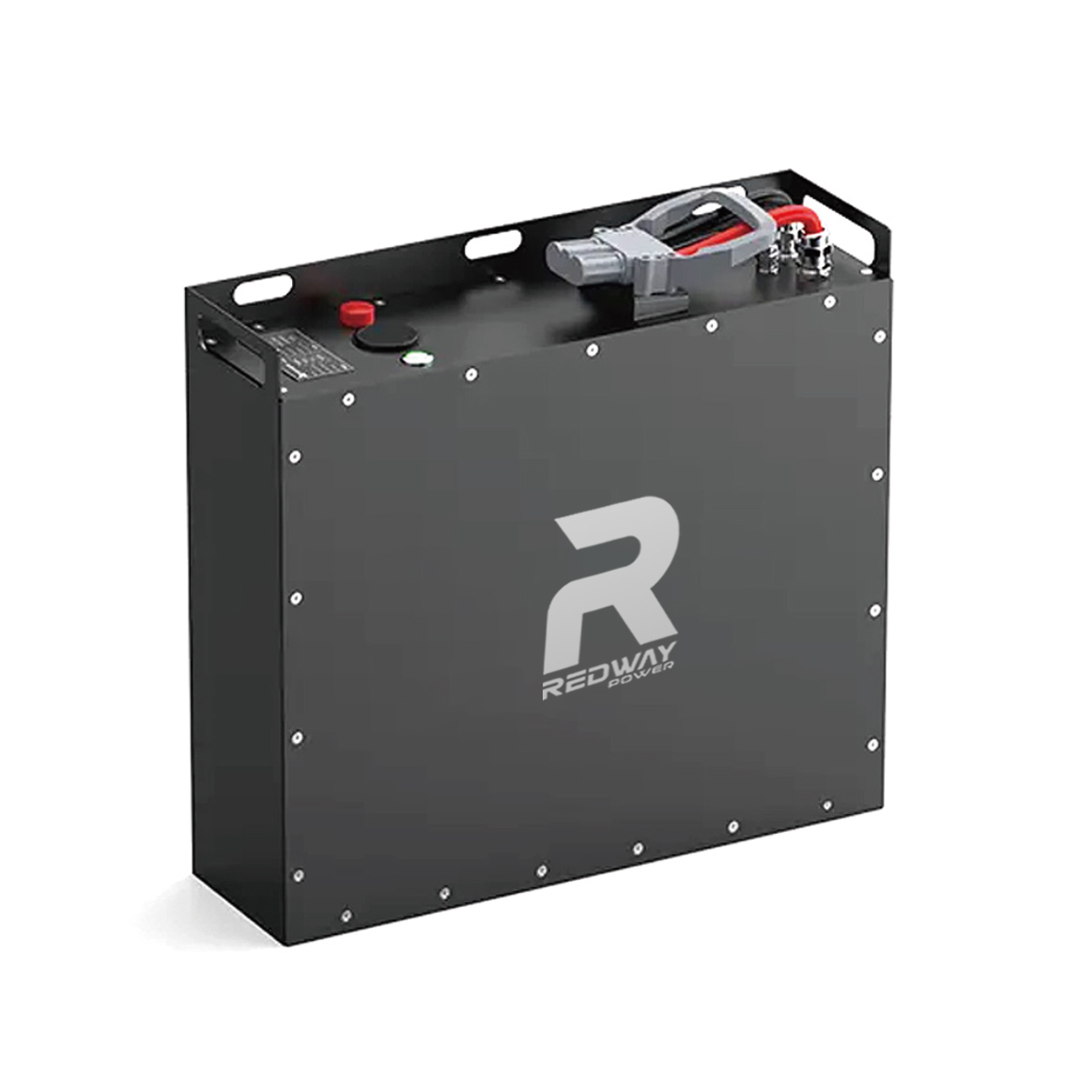Deep Cycle LiFePO4 Batteries Manufacturer
Looking for a business partner from whom you can buy deep cycle lithium batteries at wholesale price? We got you covered. Learn more about how we can work together.
Redway Lithium ion Battery Factory has been diligently striving to unlock the mysteries of transforming deep cycle LiFePO4 Batteries into a profitable venture. Discover the inner workings of LiFePO4 Batteries, explore their advantages, various categories, extensive product line, exceptional craftsmanship, and a plethora of other fascinating details by simply clicking the button below!
We are a Lithium Battery OEM Factory
Redway is dedicated to the domains of 12V, 24V, 36V, 48V, 60V, 72V, 80V, 96V, 100V Deep Cycle Lithium Iron Phosphate Batteries, RV lithium battery, Marine battery, Rack-mounted lithium battery, Golf cart lithium battery and Forklift lithium batteries. Their ultimate goal is to fulfill the diverse energy needs of customers by providing comprehensive energy service solutions. These solutions encompass a range of offerings, including lithium-ion battery energy storage products, smart hardware solutions, energy investment, and operational services, among others.
Don’t you find what you are looking for?
Just tell us your detailed requirements. The best offer will be provided.
Blog
How can OEM battery lines maximize efficiency and cut costs?
January 3, 2026
No Comments
Related Posts Will the Skinny 51V 105Ah Battery Fit EZGO TXT? Will A Golf Cart Go Faster With A Lithium Battery? Will a 200Ah Battery
Can IoT Boost Golf Cart Batteries?
January 3, 2026
No Comments
IoT integration in golf carts enhances battery performance, offering real-time monitoring, predictive maintenance, and energy optimization. With LiFePO4 technology and smart battery systems, suppliers like
What Are Next-Gen Golf Cart Battery Trends?
January 3, 2026
No Comments
Next-generation golf cart batteries are focusing on lithium-ion advancements, particularly LiFePO4, which offer longer lifespans, faster charging, and reduced weight compared to traditional lead-acid batteries.








